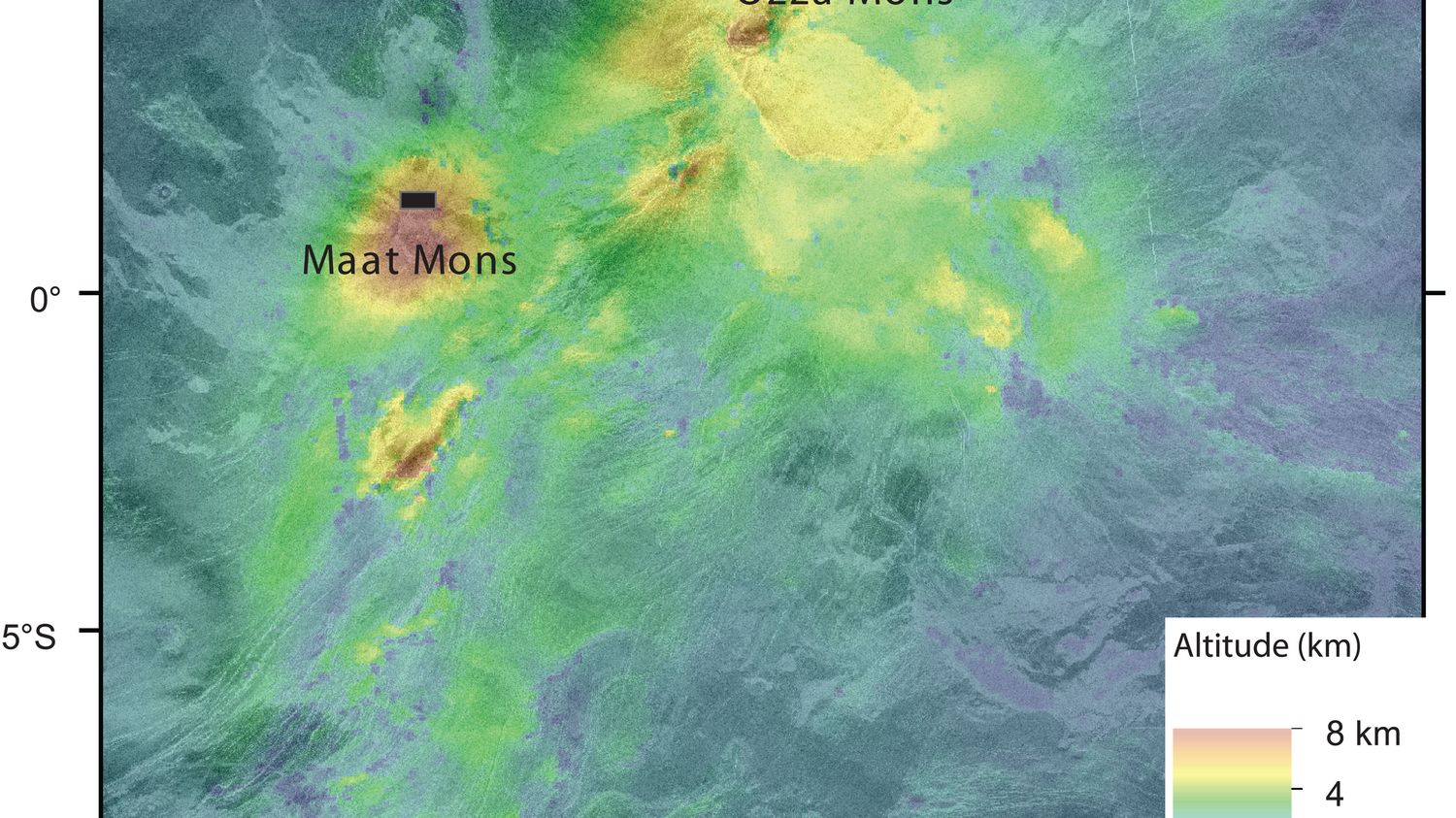It’s an old question: since we were able to pierce its thick atmosphere, we suspect the existence of volcanoes on Venus. The proof is made today, by studying the archives of images of the Magellan mission, the planet is indeed active.
With Mathilde Fontez, editor-in-chief of the scientific magazine Epsiloon, on part on the planet Venus, a volcanic eruption was discovered there.
franceinfo: An American team has just discovered proof of active volcanism on the planet Venus. And this is proof that we have been waiting for a long time?
Yes finally ! These are two specialists of the planet who made this discovery, a geophysicist Robert Herrick, of the University of Alaska, and Scott Hensley, at the Jet Propulsion Laboratory, of NASA. And it was by looking at the images of an old mission, the Magellan mission, which mapped Venus in the 1990s, that they saw the phenomenon.
They targeted a large mountainous region near the equator of Venus, which is home to two of the largest volcanoes on the planet. And there they saw a change between images taken eight months apart.
In the first, they saw a 2 square kilometer circular spot near a volcano. And in the second, they found this stain, but it had grown. It had doubled in size and become deformed. This task, for the researchers, is therefore lava that has flowed from the volcano, perhaps during an eruption.

We knew for a long time that there were volcanoes on Venus?
Yes, the planet is studded with volcanoes. But we didn’t know much more. It must be said that we see nothing of Venus. It’s hard to believe, it’s the closest planet to Earth. It is closer than Mars, and we are used to the incredibly sharp images of the surface of Mars, to these hyper-detailed panoramas. Except that Venus is rolled up in a very dense, very thick atmosphere which completely hides its surface.
Basically, what we see when we look at Venus is a slightly orange white ball. The images of the Magellan probe had to be taken with radars, to pierce the atmosphere. And they remain of very poor resolution: 200-300 meters only. “1 pixel for a football field”, compares Robert Herrick.
No space probe has landed on Venus?
Yes, but they didn’t last long. Venus is a hell of heat: it’s 450 degrees on its surface. The probes literally melted. We therefore knew that there were volcanoes on Venus, thanks to radar images. It was suspected that they were still in business. But there was no proof until then.
Does this volcanism mean that the planet is active?
Yes, and that’s what researchers are most interested in: Like Earth, Venus is a living planet of sorts, still warm enough to be active. In this sense, it is really a twin of the Earth, a twin which has become a hell, overheated by a terrible greenhouse effect.
And the question that remains is why? Three missions are planned to fly to the planet in early 2030, and try to find answers.
